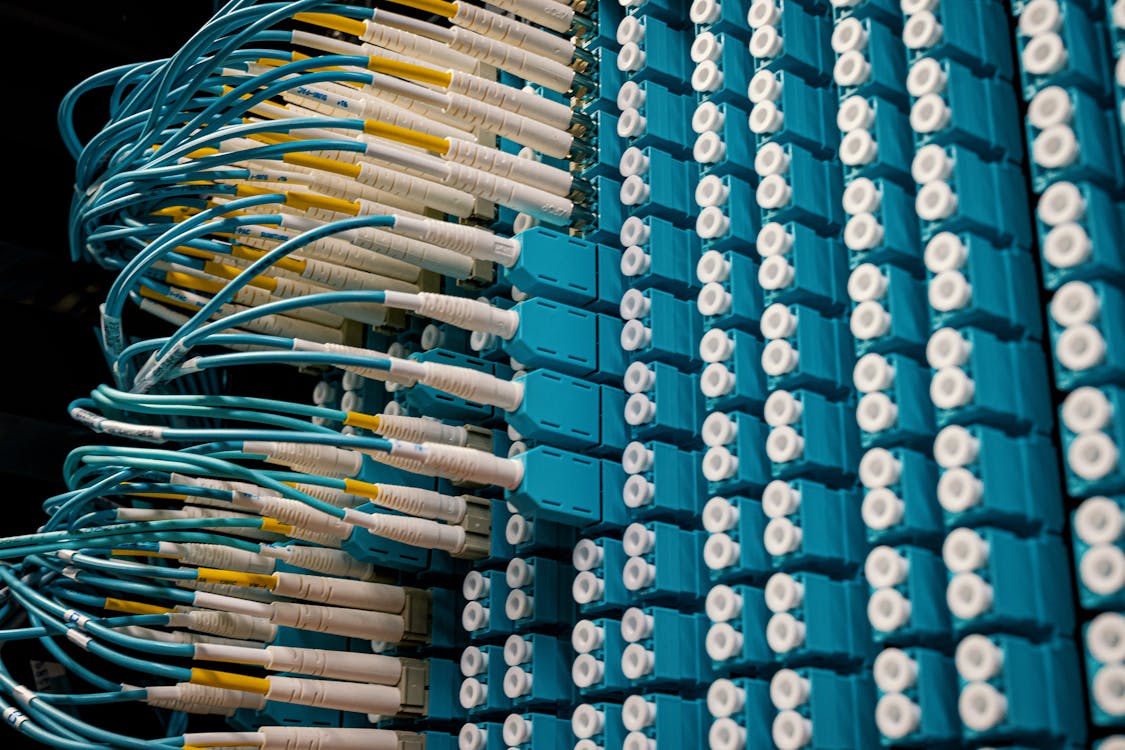Fiber optic cables manufactured under pressure reduce signal loss
New research from Penn State and AGC Inc. in Japan reports that the silica glass used in fiber optic cables would be more efficient if they were manufactured under high pressure. Fiber optic cable technology allows for long-distance, high-performance data networking and telecommunications but as they are, cables are limited by signal loss. The findings are published in npj Computational Materials.
"Signal loss means that we have to use amplifiers every 80 to 100 kilometers (50 to 62 miles)," said Penn State professor of materials science and engineering, John C. Mauro. "After that distance, the signal wouldn't be detected properly. Across continents or across oceans that becomes a big deal."
This signal loss occurs because of the scattering of light that results from fluctuations in the glass's atomic structure, a phenomenon known as Rayleigh scattering. Watch the video below to learn more about how Rayleigh scattering works.
Using molecular simulations, Mauro's team explored how pressure influences the process of producing optical fibers. Their simulations revealed that by pressure quenching the glass, they could cut the Rayleigh scattering loss in half. Pressure treatment of the glass makes the material more homogeneous and decreases the microscopic holes that occur naturally in the structure. This would create a higher mean density material with less variability.
"Glass, on an atomic scale, is heterogeneous," explains Mauro. "It has an open porosity on an atomic scale that occurs randomly. We were looking for the independent processes that can control mean and variance. We realized that the pressure dimension had not been explored previously."

Mauro’s collaborator from AGC Inc.'s Materials Integration Laboratories, Madoka Ono, conducted similar experiments – but not in molecular simulations. Ono tested bulk pieces of silica glass under the optimum pressure of 4 gigapascals and determined that the results matched Mauro’s simulations.
While the team is excited about this advancement, Mauro cautions: "But there is still a process challenge that needs to be addressed," referring to the pressure chamber capable of 40,000 atmospheres that would be necessary to manufacture optical fiber under optimum pressure.
Sources: npj Computational Materials, Eureka Alert








